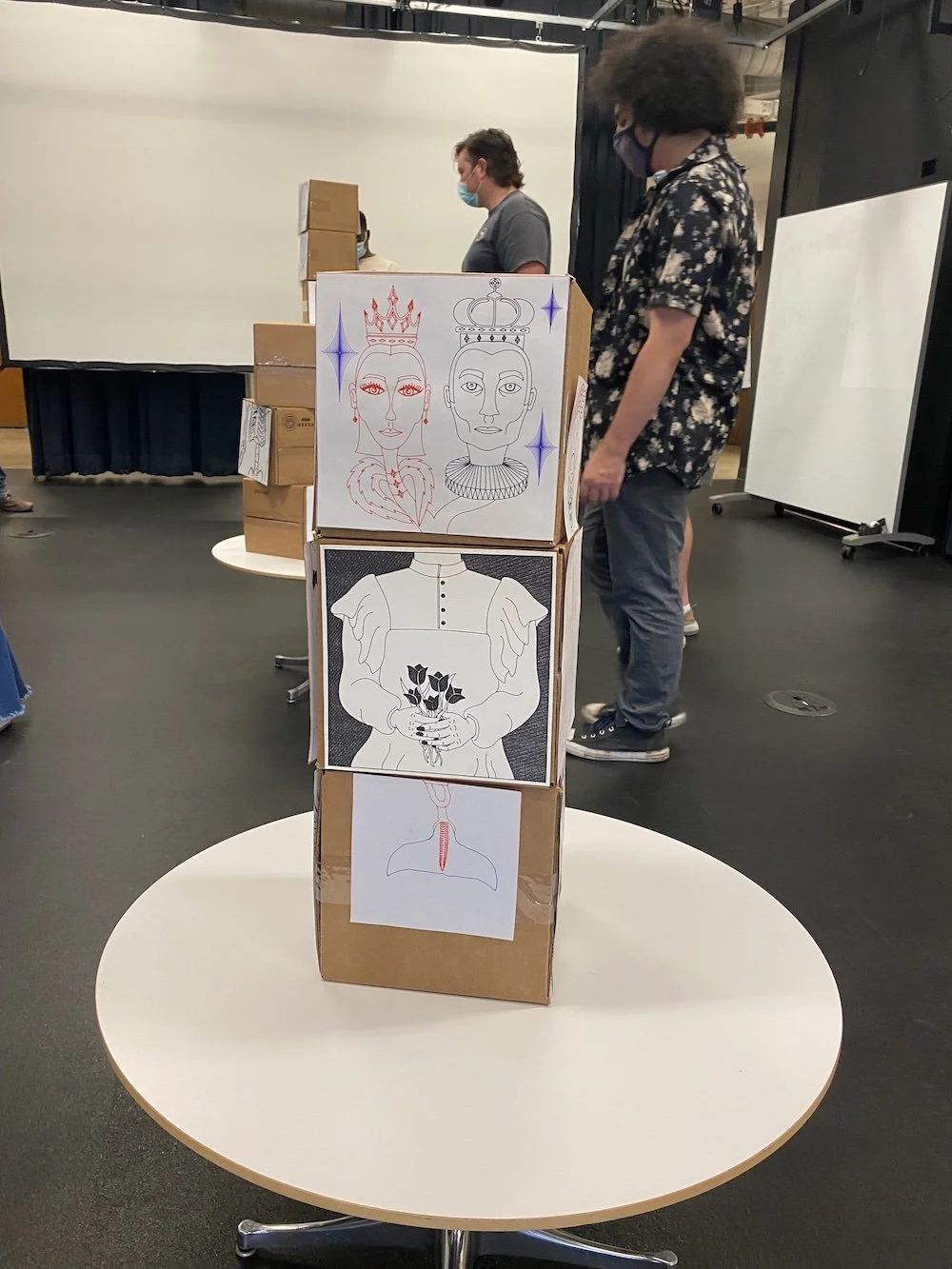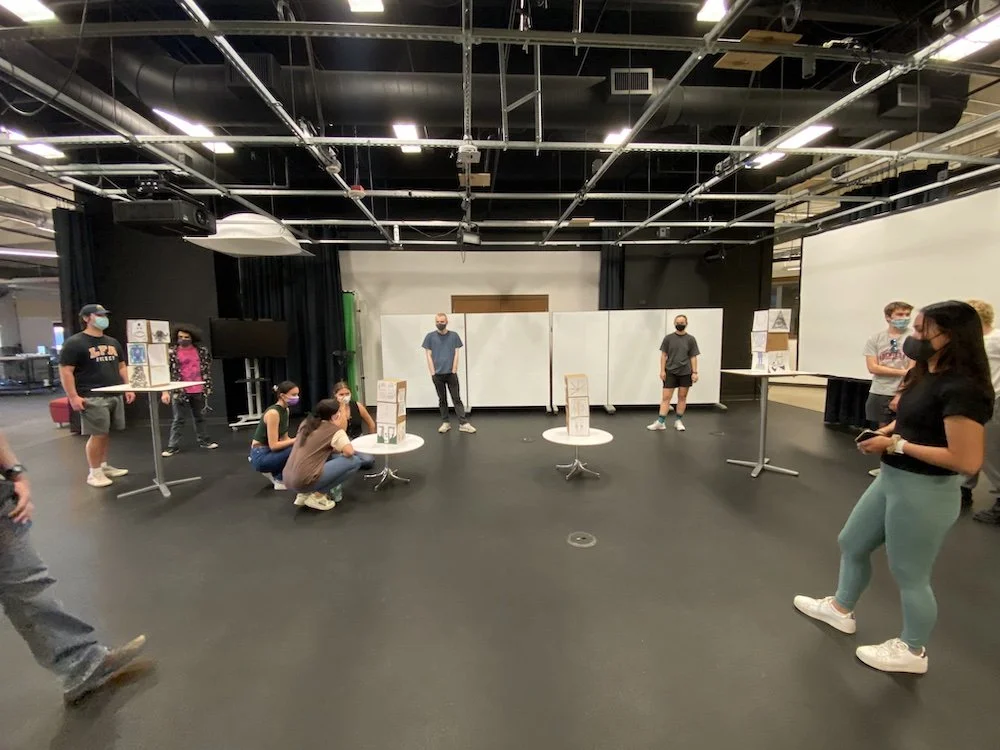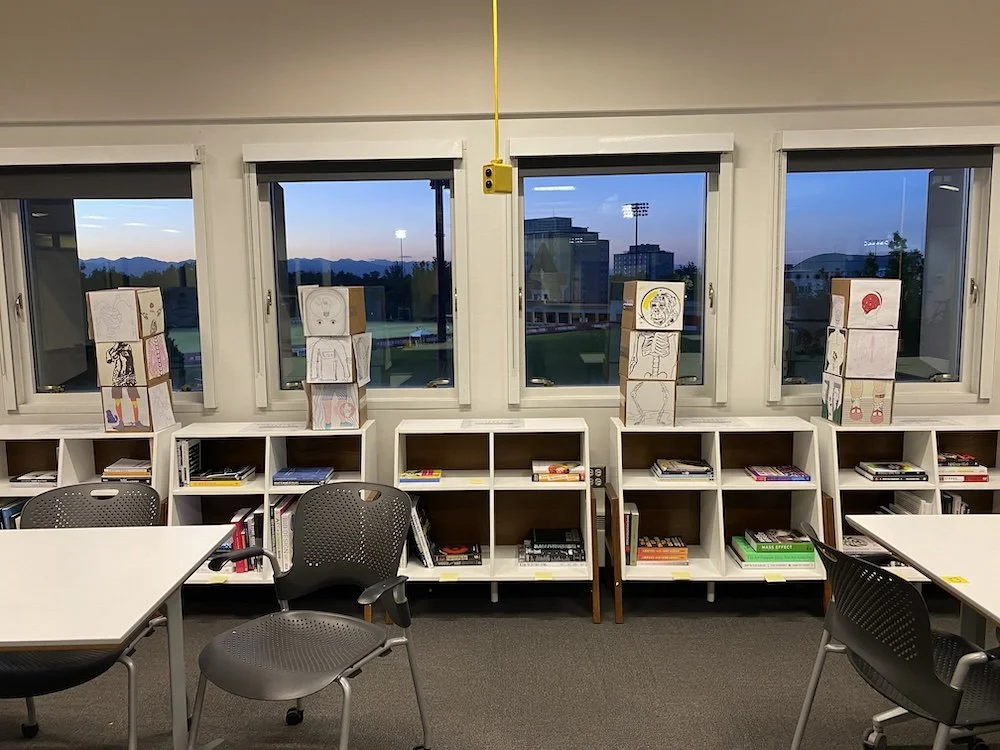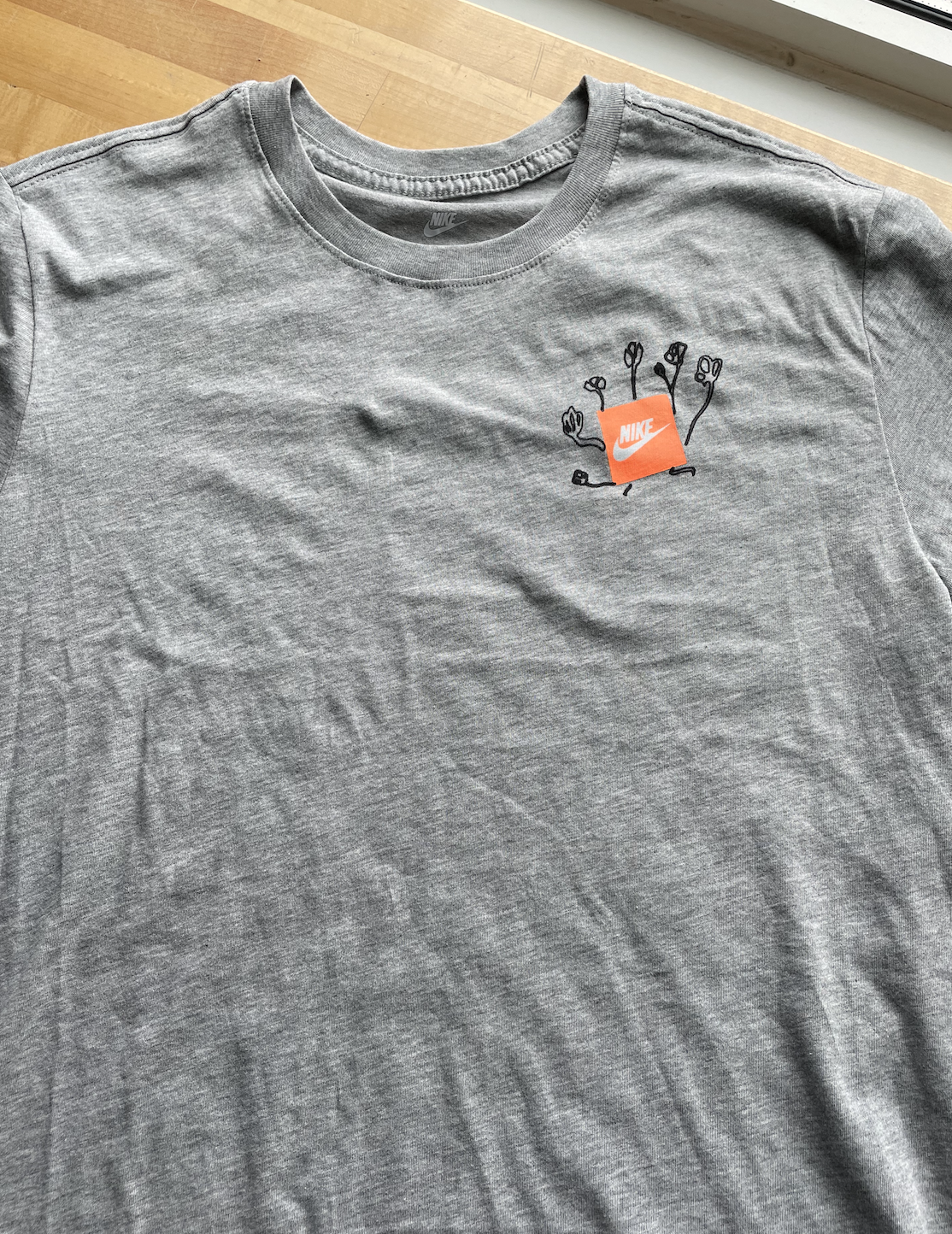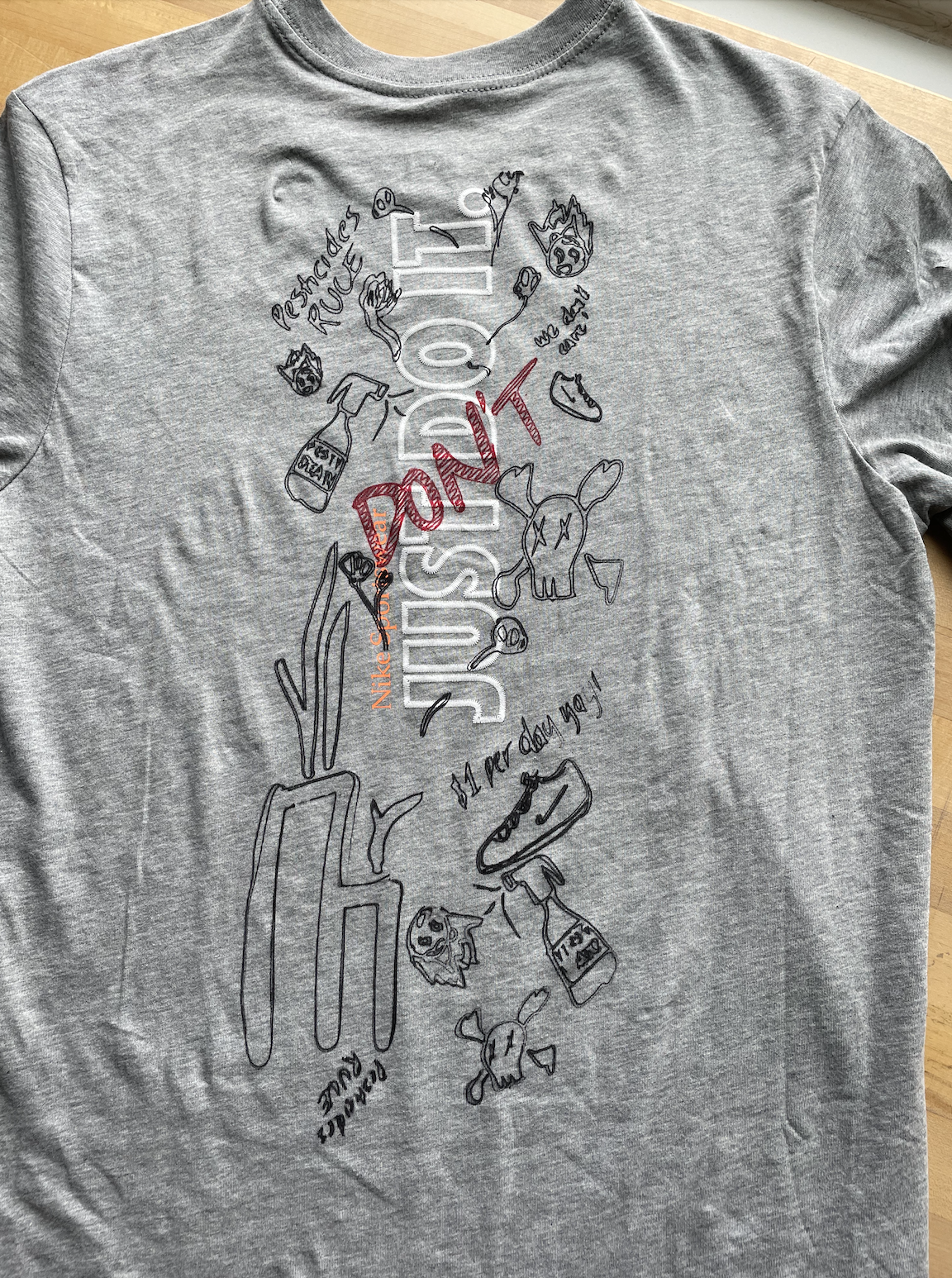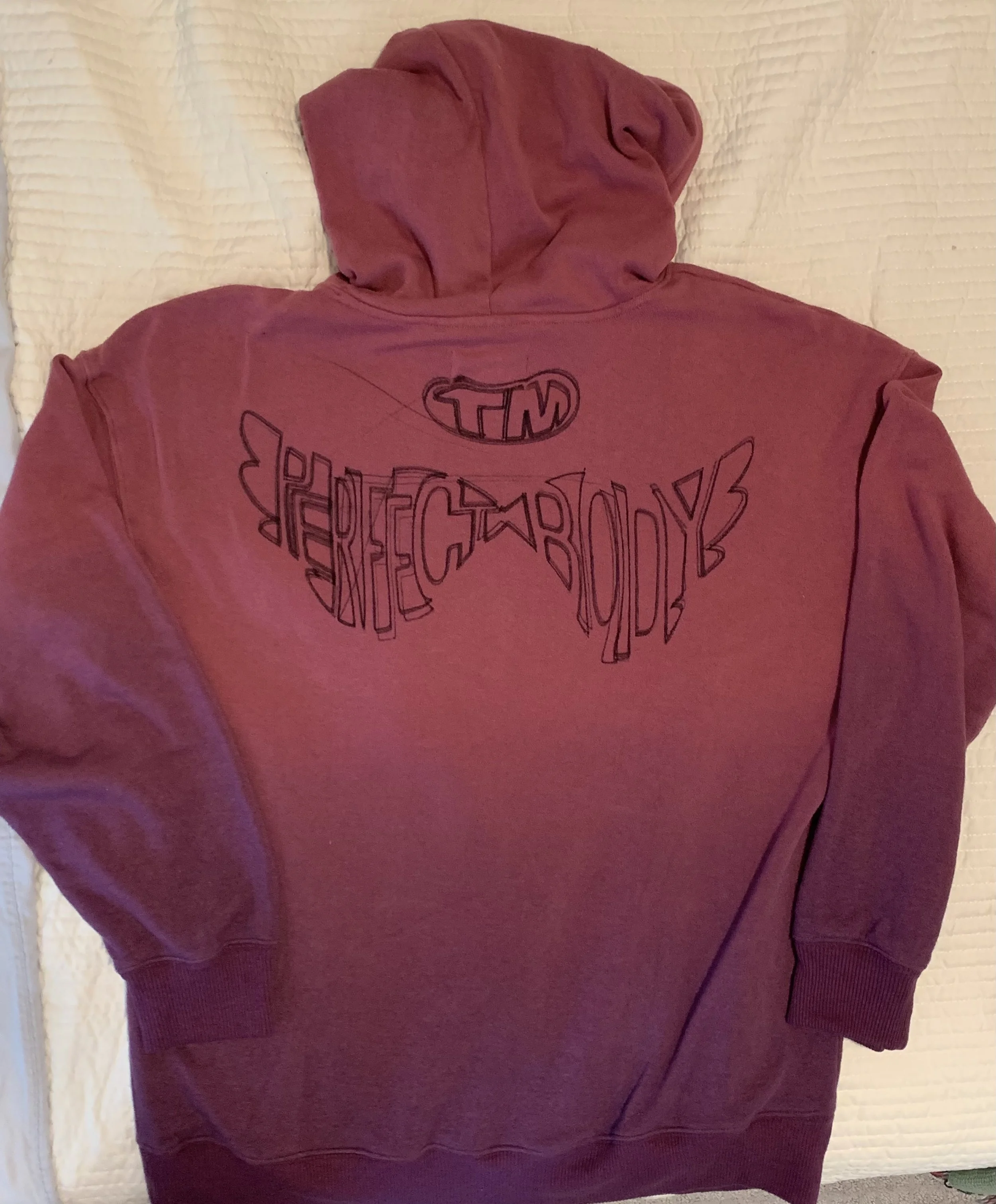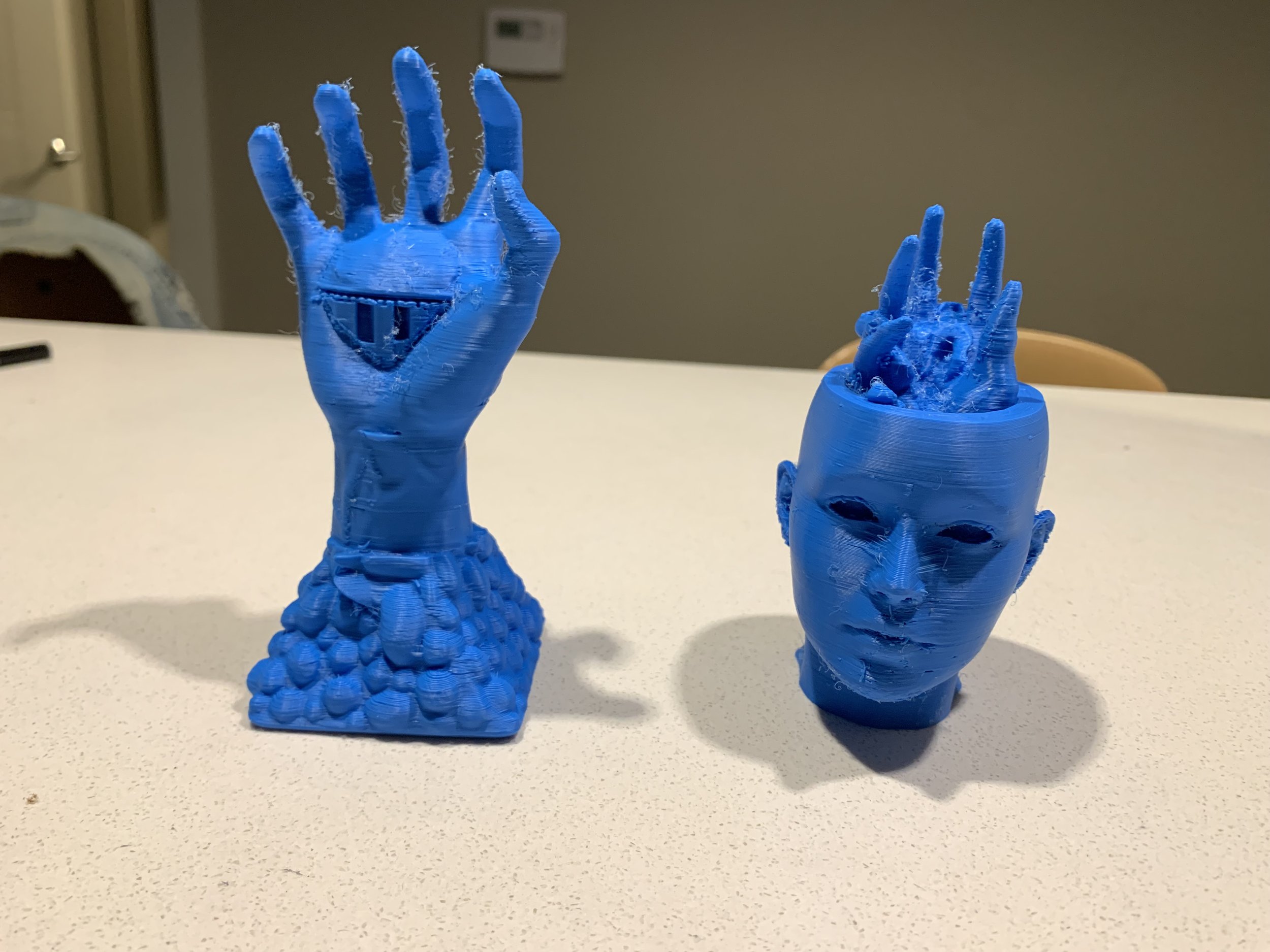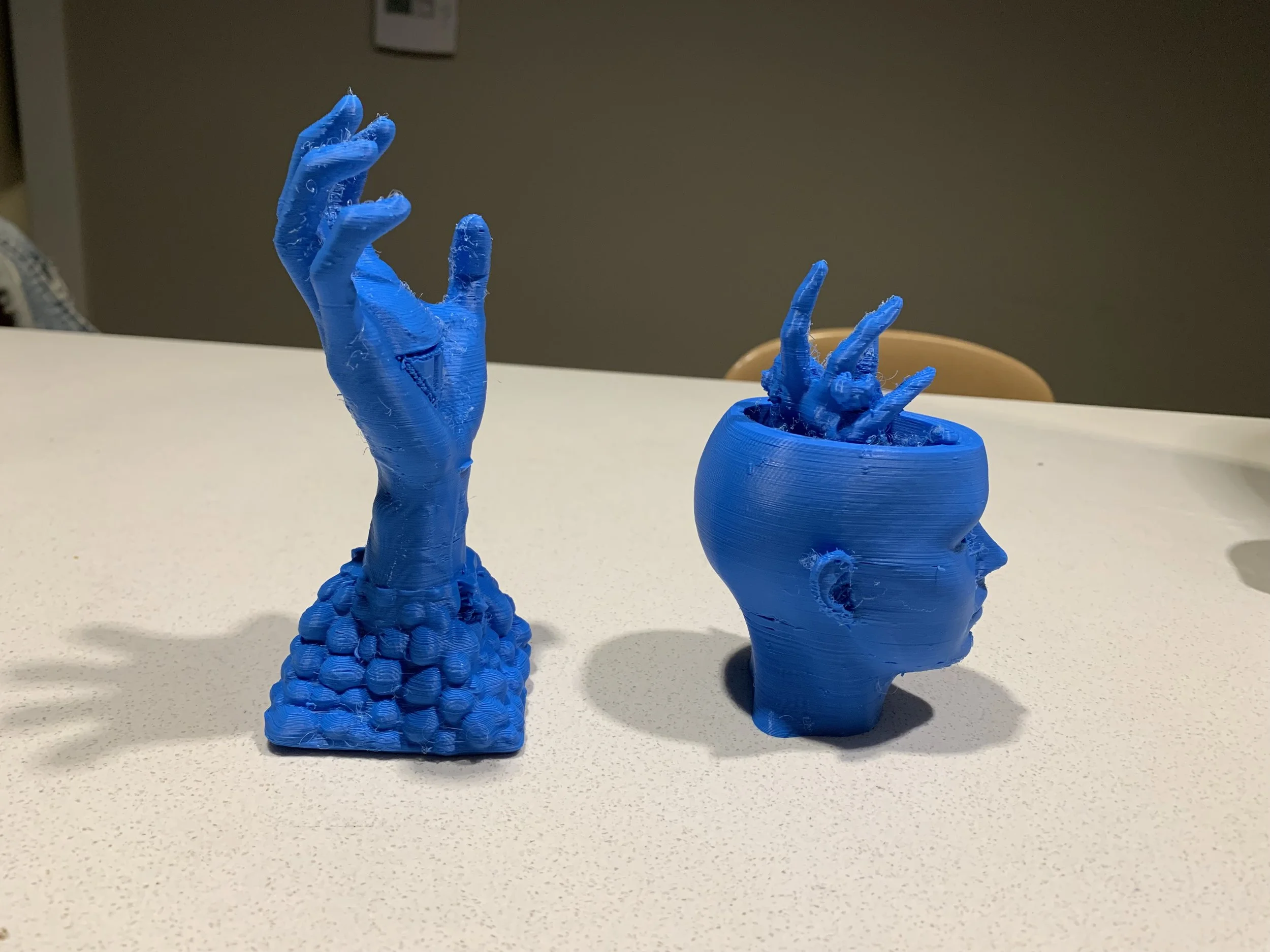Digital Fabrication
Moving from the digital space to physical space requires consideration of a variety of transformations. There are varied pieces of software that make this possible and range from tens of thousands of dollars to free. The hardware required to make these translations are becoming more and more available at a non-commercial level. We examined digital fabrication processes that exist in both 2D and 3D applications. Students’ different skill levels determine their preferred directions and toolsets. Additional discussions and experiments involved materials and materiality; the look, feel, grain, strength, color, and finish of an object can change how it is read/received. This course covers several techniques for taking digital creations into the physical world. The focus is on various tools and materials and how the combination of both affects project ideas and fabrication. Techniques used included 3-D printing with specialized filaments as well as molds for larger production runs, plotting, and others.
Exquisite Corpse
Commercial Association / Textile Subversion
Additive Surrealism – Boolean Modeling Project
Student Evaluations
-
This course teaches students a lot about relevant technology. We used the technology in different ways and explored its capabilities. The instructor was very helpful and let the students explore their talents in the projects. The projects also explored some interesting topics in society which was a nice combination.
Anonymous Student
-
This course is a good introduction to multiple different forms of digital fabrication. I think it covers the basics that students need and allows them to get inspired and have the foundational tools to pursue further ideas. Jeremy has been a good instructor for this course. He is a very fair grader and gives beneficial and meaningful feedback.
Anonymous Student
